A Lesson On Why You Never Leave Your Camera Behind
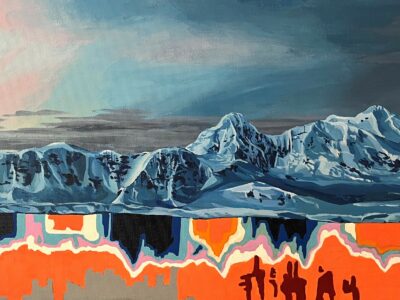
The painting is a nod to how the understanding of science is just as important to nature as its ethereal and timeless beauty.
The functional groups of prairie strip people
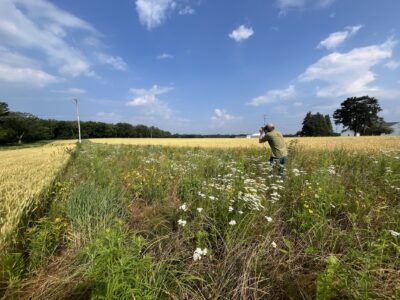
Rachel Drobnak describes the “functional groups” of people who make prairie strip ecology such an exciting and rewarding field to work in at Kellogg Biological Station
A Day in the Life: Behind the Scenes on Sapelo Island
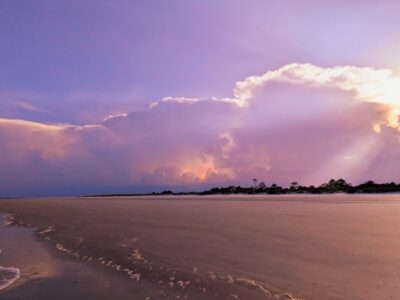
It is hard to put into words how exciting and simultaneously peaceful life is in this hidden corner of the world. The best we can hope to do is take you along for a regular day GCE LTER…make sure to slather yourself with sunscreen!
A plant evolutionary ecologist’s ode to yellow-bellied marmots
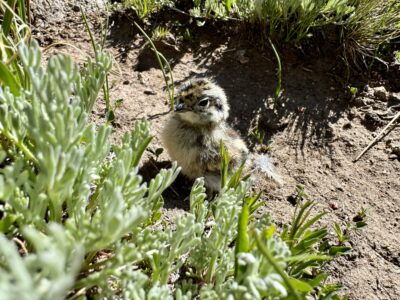
Marmots serve as a reminder to me to step back from this optimization-focused perspective and pay more attention to how organisms actually act than to how I think they should act.
Morning in the Midnight Sun

Fairbanks, Alaska isn’t always the snow-covered tundra that most of us in the lower 48 would imagine. Eleanor Serocki covers a summer at the Bonanza Creek LTER.
Ecology: The Science of Resiliency
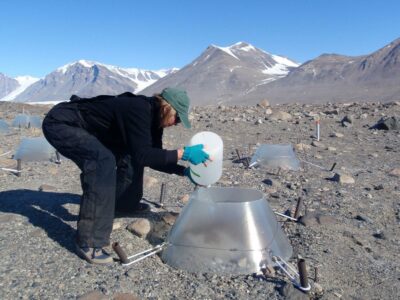
Our circumstances have changed a lot in the last six months, leaving many US scientists feeling uncertain about the future. But the practice of addressing and reacting to the new challenges is something ecologists are very used to.
From Manhattan to the Arctic Tundra: 3 student’s summer adventure in Alaska
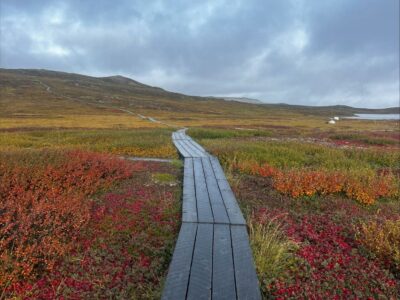
We spent nearly three months at Toolik Field Station studying processes in the Arctic tundra that range from individual fluorescence in leaves to tree growth north of the treeline!
Why Salamanders? A SSALTER Blog Post
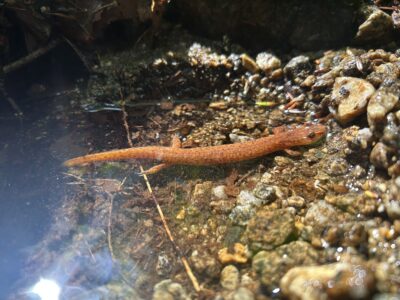
So why salamanders? It’s almost always the first question I get when I tell people about my research, says Eric Lyons in this SSALTER Blog post.
Measuring Methane in 4D: Tree Fluxes at Harvard Forest
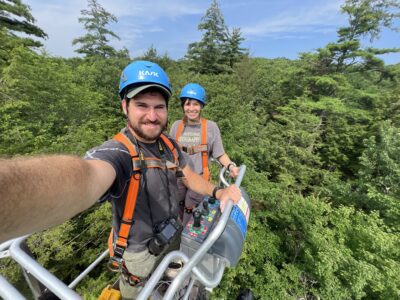
Our research, based at the Harvard Forest LTER site, delves into these dimensions to get a clearer picture of how trees contribute to methane emissions across space and time.
The stunning ecosystems at the SBC LTER

It has been an incredibly opportunity to explore the Channel Islands and beyond and to meet our coastline’s unique marine life.

